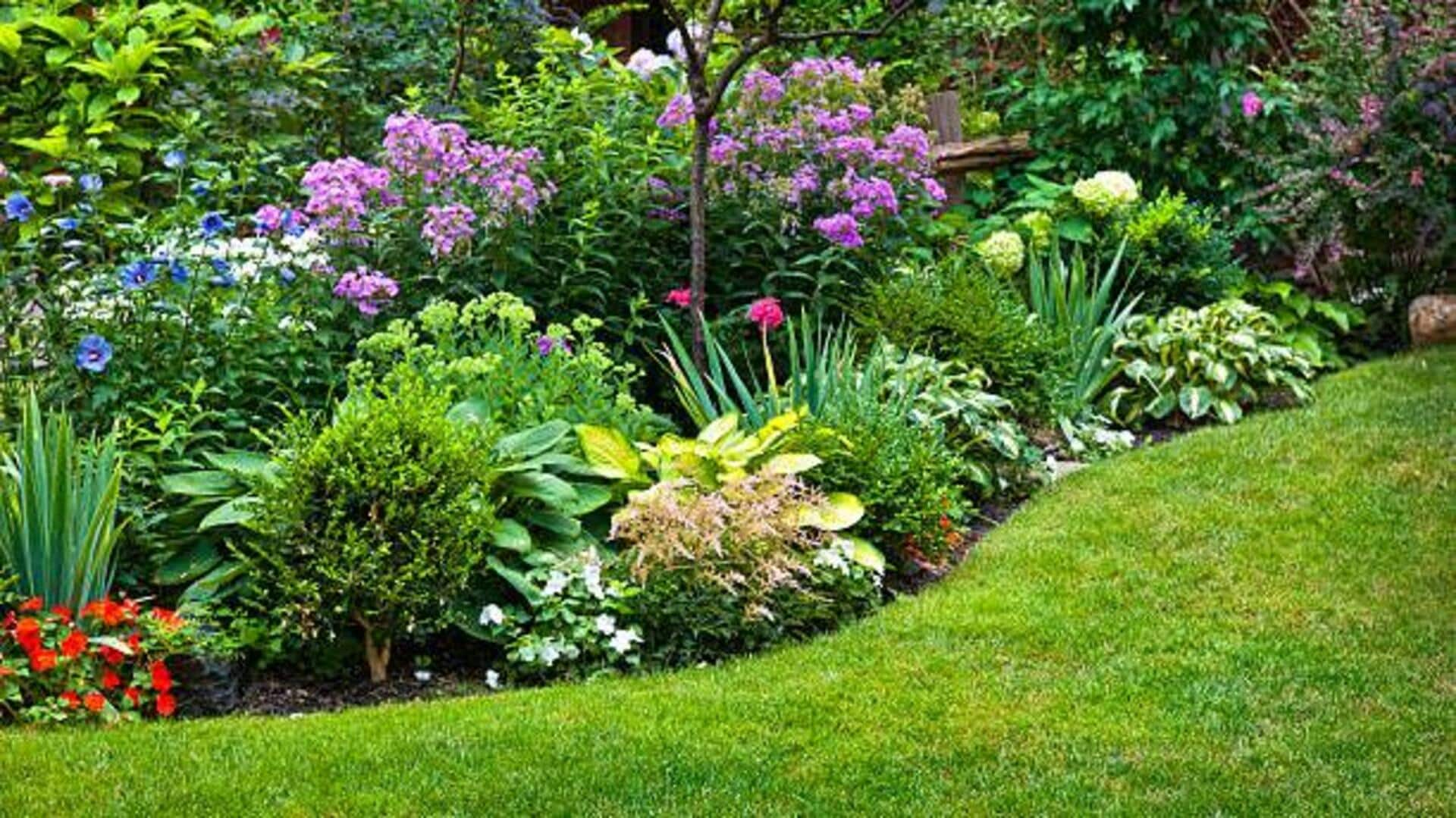
How to design a beautiful garden using local plants
What's the story
African-style home gardens combine biodiversity and sustainability, using native plants suited to local climates. These gardens not only beautify homes but also contribute to local ecosystems by attracting pollinators and conserving water. By using indigenous flora, gardeners can create colorful landscapes with low-maintenance. This gardening style is becoming popular as more people look for eco-friendly ways to beautify their homes.
#1
Selecting indigenous flora for your garden
Choosing native plants is essential to capture an authentic African-style garden. Indigenous flora is adapted to local climate and soil conditions, making them more resilient and easier to maintain. Popular choices include aloe vera, agapanthus, and different types of succulents. Not only do these plants add visual interest, but they also support local wildlife with food and habitat. When choosing plants, consider their growth habits and compatibility with others in your garden.
#2
Designing with natural elements
Incorporating natural elements like rocks, wood, and water features can further enhance the authenticity of an African-style garden. These elements mimic natural landscapes across Africa's diverse regions. For instance, large stones or boulders can create beautiful focal points while adding texture to the garden layout. Water features such as small ponds or fountains can attract birds and insects, enriching the ecosystem within your garden space.
#3
Sustainable gardening practices
Sustainability is a major part of African-style home gardens. Practices like rainwater harvesting and composting can greatly minimize environmental footprint while keeping plants healthy. Using organic fertilizers instead of chemicals helps keep the soil fertile without affecting beneficial organisms in the ecosystem. Further, mulching around plants helps keep moisture levels in the soil intact by curbing evaporation rates during hot weather.
Tip 1
Encouraging biodiversity through plant selection
To promote biodiversity, select a variety of plants that flower at different times to ensure a constant supply of nectar for pollinators and shelter for animals. This approach sustains ecosystems that are affected by urbanization and industrialization, combating issues such as climate change and biodiversity loss. It's our duty to save our planet for our future generations, for a healthier habitat.